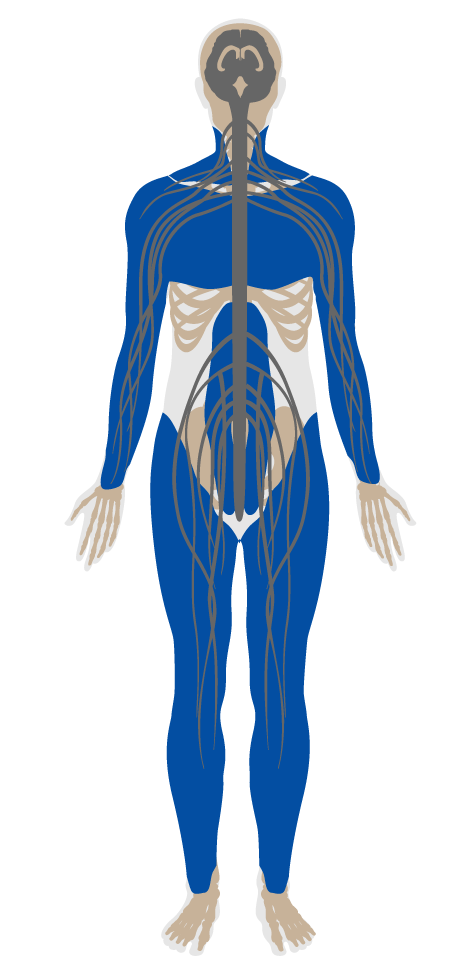Solar glare control
56. Solar glare control
To avoid glare from the sun by blocking or reflecting direct sunlight away from occupants.
Though bright light during the day is conducive to good health, uneven levels of brightness in the visual field can cause visual fatigue and discomfort. Glare, or excessive brightness, is caused by light scattering within the eye (intraocular scattering), thereby creating a “veil” of luminance that reduces the luminance contrast as received by the retina. In buildings, sources of glare are often unshielded or poorly shielded light, or sunlight directly hitting the eye or reflective surfaces.
At least one of the following is present for all glazing less than 2.1 m [7 ft] above the floor in regularly occupied spaces:
At least one of the following is required for all glazing greater than 2.1 m [7 ft] above the floor in regularly occupied spaces:

Applicability Matrix
| Core & Shell | New & Existing Buildings | New & Existing Interiors | |
|---|---|---|---|
| Part 1: View Window Shading | O | P | P |
| Part 2: Daylight Management | O | P | P |
| Commercial Kitchen | Education | Multifamily Residential | Restaurant | Retail | |
|---|---|---|---|---|---|
| Part 1: View Window Shading | P | P | - | P | P |
| Part 2: Daylight Management | P | P | - | P | P |
Verification Methods Matrix
| Letters of Assurance | Annotated Documents | On-Site Checks | |
|---|---|---|---|
|
PART 1 (Design) View Window Shading |
Architect | Spot Check | |
|
PART 2 (Design) Daylight Management |
Architect | Spot Check |
| 56.1.a |
The U.S. GSA's Facilities Standard for the Public Buildings Service Tier 1 High Performance rating requires view-preserving blinds. |
| 56.2.a |
The U.S. GSA's Facilities Standard for the Public Buildings Service Tier 1 High Performance rating requires view-preserving blinds. |
